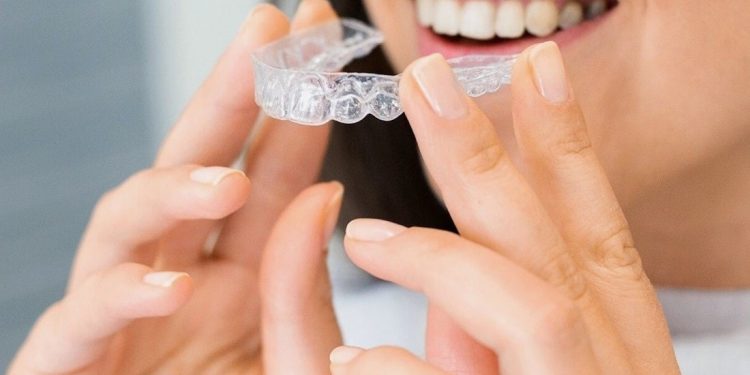In recent years, the field of orthodontics has witnessed a remarkable advancement with the introduction of invisible aligners. These inconspicuous alternatives to traditional braces have gained immense popularity due to their convenience and aesthetics. However, as with any innovative approach, myths and misconceptions can arise.
In this article, we aim to debunk the top myths surrounding invisible aligners, shedding light on the realities of this orthodontic marvel.
Myth 1: Invisible aligners are only cosmetic
One prevailing myth is that Invisalign London is solely intended for cosmetic purposes, focusing only on improving the appearance of one’s smile. While it’s true that invisible aligners can significantly enhance the aesthetics of a person’s teeth, their benefits extend far beyond the surface. Misaligned teeth can lead to an array of dental issues, such as difficulty in cleaning, improper biting, and even jaw pain. Invisible aligners, like traditional braces, are designed to correct these functional problems, ensuring a healthier mouth in the long run.
Myth 2: Invisible aligners are painful
The fear of discomfort often deters individuals from seeking orthodontic treatment. However, the notion that invisible aligners are excruciatingly painful is a misconception. While it’s true that some discomfort can be experienced during the first few days of wearing a new set of aligners, this discomfort is usually mild and temporary. The sensation can be likened to pressure rather than outright pain. As the teeth gradually adjust to their new positions, the discomfort subsides. Unlike traditional braces, invisible aligners do not have sharp brackets or wires that can cause ulcers or cold sores to the cheeks and gums, making them a more comfortable option overall.
Myth 3: Invisible aligners only work for mild cases
Another common myth is that clear aligners are only effective for mild orthodontic issues. This misconception arises from the assumption that severe misalignments require the strength of traditional braces to be corrected. In reality, the technology behind invisible aligners has advanced significantly, allowing them to effectively address a wide range of orthodontic problems, including moderate to complex cases. Orthodontic professionals can customise treatment plans that cater to each individual’s unique needs, ensuring successful outcomes even for more challenging situations.
Myth 4: Treatment with invisible aligners takes longer
Many people believe that treatment with invisible aligners is a prolonged process compared to traditional braces. This myth stems from the misunderstanding that aligners are only suitable for minor adjustments. However, advancements in aligner technology have drastically reduced treatment times. In some cases, aligners can achieve results faster than traditional fitted braces, but this will vary depending on the complexity of the issue being addressed. Additionally, aligner treatment often involves fewer appointments, reducing the overall time commitment required by the patient.
Myth 5: You can remove aligners whenever you want

While the ability to remove aligners is a distinct advantage of this treatment method, it is important to clarify that aligners should not be removed arbitrarily. Aligners need to be worn for a recommended number of hours each day (usually around 20-22 hours) to ensure the treatment progresses as planned. Failure to adhere to this schedule can prolong the treatment process or even compromise its effectiveness. Aligners should only be removed for eating, drinking (except for water), and oral hygiene activities. Consistency in wearing aligners as directed by the orthodontist is crucial for optimal results.
Myth 6: Aligners are expensive and not covered by insurance
Cost is a valid concern for many considering orthodontic treatment. However, the assumption that invisible aligners are unaffordable and not covered by insurance is a misconception. The cost of aligner treatment varies depending on the complexity of the case and the geographical location. In many cases, aligner treatment is comparable in cost to traditional braces. Furthermore, some dental insurance plans do cover a portion of aligner treatment costs, making it a more feasible option for many patients.
Myth 7: Aligners cause speech impediments
You have an aligner in your mouth; chances are, for the first few weeks, you may develop a lisp.
Concerns about speech difficulties while wearing invisible aligners are unfounded. While it’s true that there might be a brief adjustment period during which some individuals experience a slight change in their speech, this issue is temporary. Most people quickly adapt to speaking with aligners, and any initial difficulties typically disappear within a few days. The aligners are designed to fit snugly against the teeth, minimising any impact on speech.
If you are finding that your speech is impacted by the aligners, as odd as it may sound, try singing with them in your mouth. This will help your tongue to adjust and will speed up your ability to talk with ease.


 Home
Home










